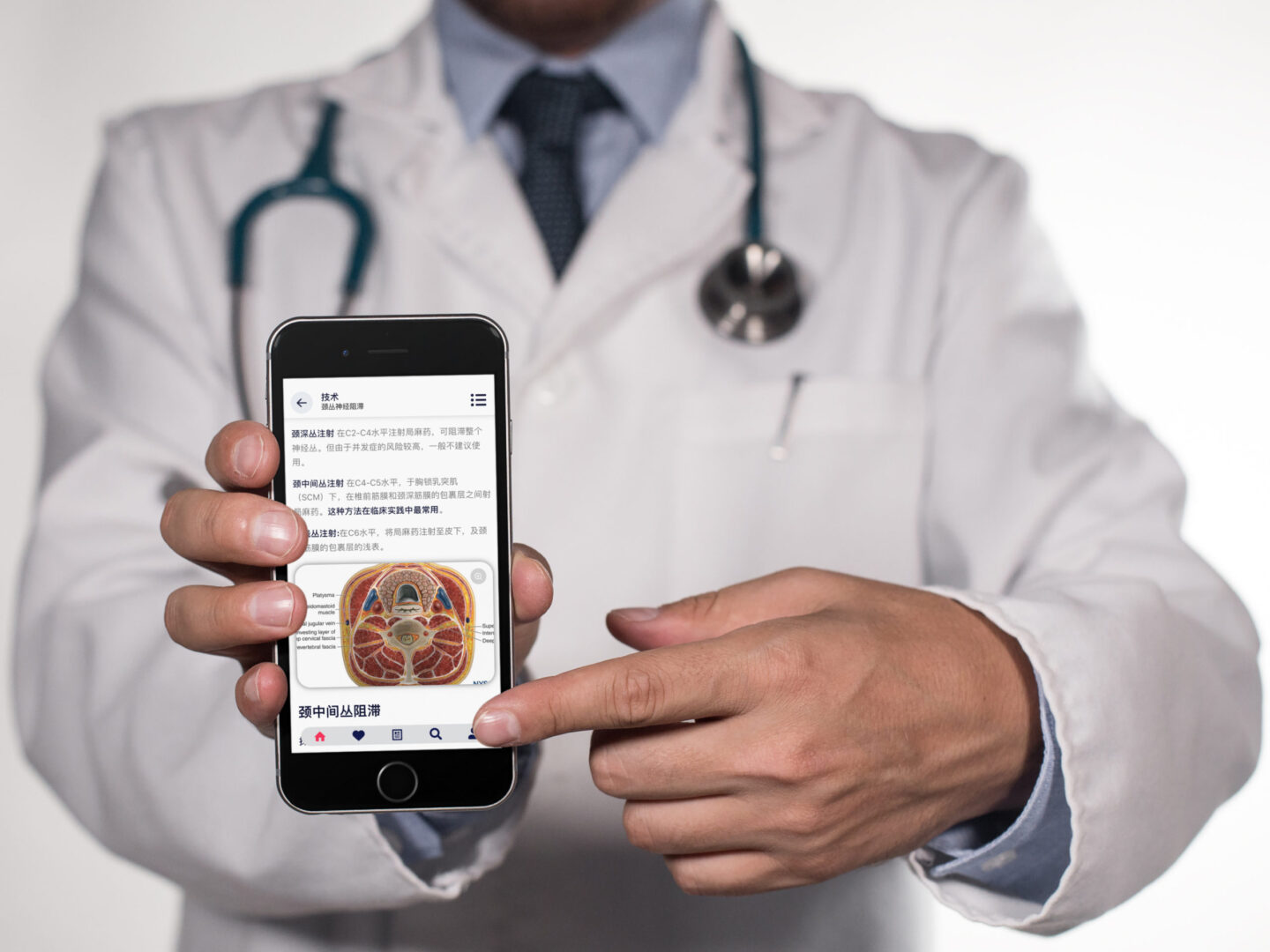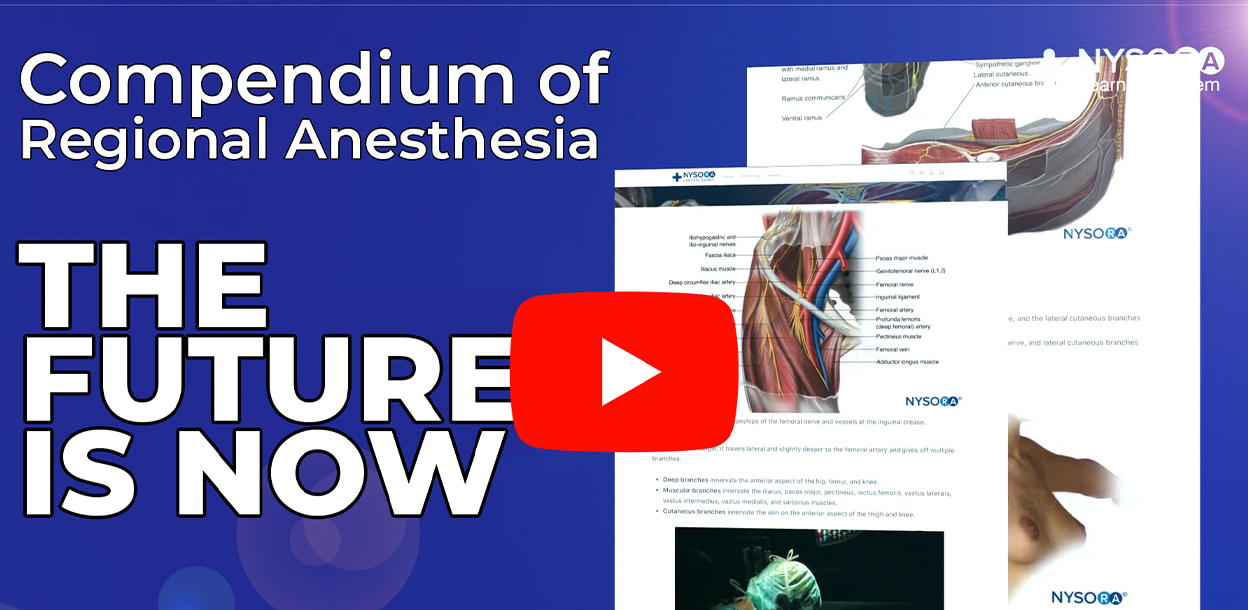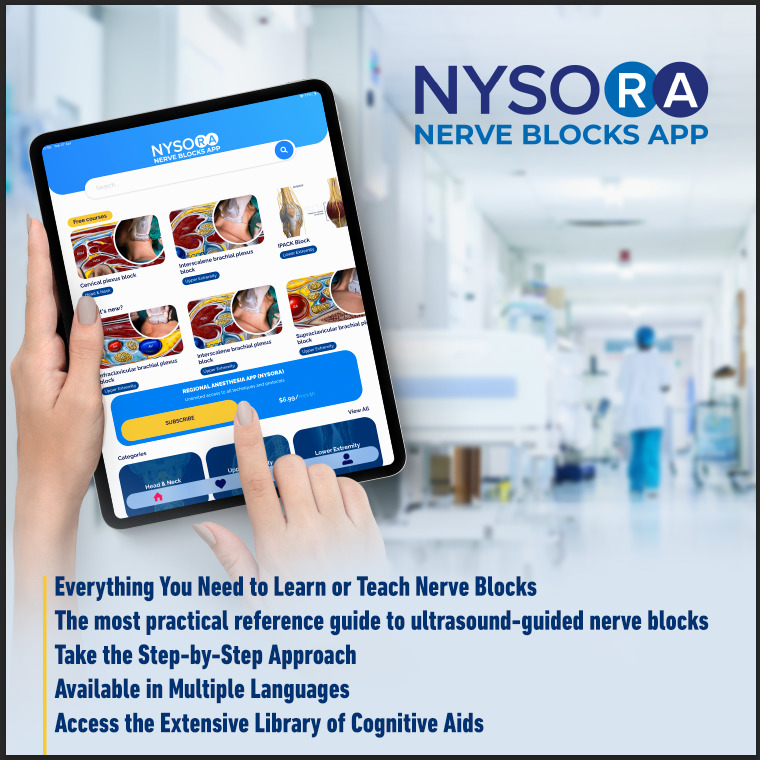A healthy patient in his 40s is admitted to ICU following a severe motor accident with serious deglovement of the lower limb necessitating advanced wound care in the burn unit. The patient inexplicably collapses two weeks after admission. The intensivist is invited to the bedside for consultations. Clinical evaluation of the patient reveals tachycardia, hemodynamic shock, and a mildly raised temperature.
The ultrasound machine is used to perform a Point-of-Care Ultrasound (POCUS) assessment for the origin of the shock. Swiftly, a massively dilated right ventricle is detected, suggestive of pulmonary emboli – a thrombus obstruction. The situation deteriorates and suddenly the patient arrests. Resuscitation was started and the patient was brought to the operating theater for cloth removal by pulmonary thromboendarterectomy.
Without POCUS, Dr. Van Herreweghe – Dr. Ray argues, the cause of hemodynamic shock would have been unclear. And further imaging such as a CT scan would have required transportation. The patient was too unstable to get transport, and without POCUS, chances are the patient would not have survived.
A Conversation with Dr. Ray
We recently partnered with Dr. Ray on POCUS. He is an anesthesiologist and critical care physician and he explains that the transition from regional anesthesia into POCUS is a natural step that considerably changes your practice. Therefore, we designed an app together to empower healthcare professionals with advanced guidance on POCUS wherever they go. We sat down with him to discuss POCUS, its history, and NYSORA’s role in the app publication. Read the interview below.
What is POCUS?
POCUS is a diagnostic tool revolutionizing healthcare by enabling doctors to quickly and accurately diagnose various conditions at the patient’s bedside. POCUS has become increasingly popular in recent years, but its history dates back several decades.
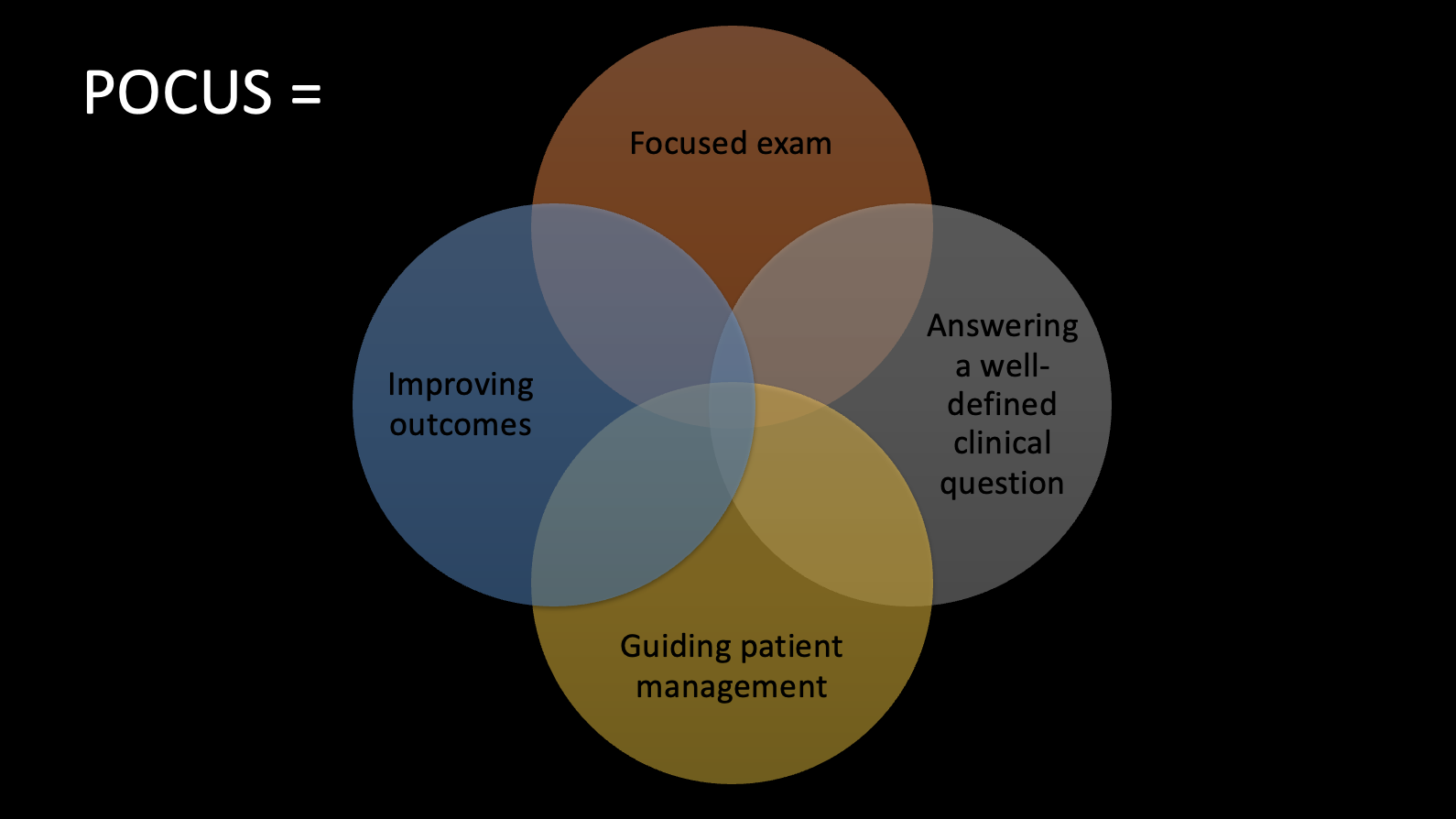
How did POCUS evolve over the years?
The term “POCUS” was coined in the 1990s to describe the use of portable ultrasound devices in point-of-care settings. POCUS was initially used by emergency physicians, but it quickly spread to other specialties, including critical care, cardiology, obstetrics, and anesthesiology.
In the early 2000s, the use of POCUS began to expand beyond traditional medical settings. POCUS devices were used in disaster zones, remote areas, and developing countries to provide diagnostic imaging in places where traditional imaging modalities were not available.
What are the most prominent uses of POCUS?
Today, POCUS is widely used in clinical settings around the world. It has been shown to improve patient outcomes by enabling rapid diagnosis and treatment of various conditions, including pneumothorax, pericardial effusion, deep vein thrombosis, and intra-abdominal bleeding. POCUS is also used to guide medical procedures, such as central line placement, thoracentesis, and paracentesis.
What would you say were the biggest obstacles thwarting the full potential of ultrasound devices?
The growing market for point-of-care ultrasound devices is facing a significant obstacle due to the inadequacy of specialist knowledge. This is because ultrasound scanning requires technical skills and expertise to perform accurately on patients.
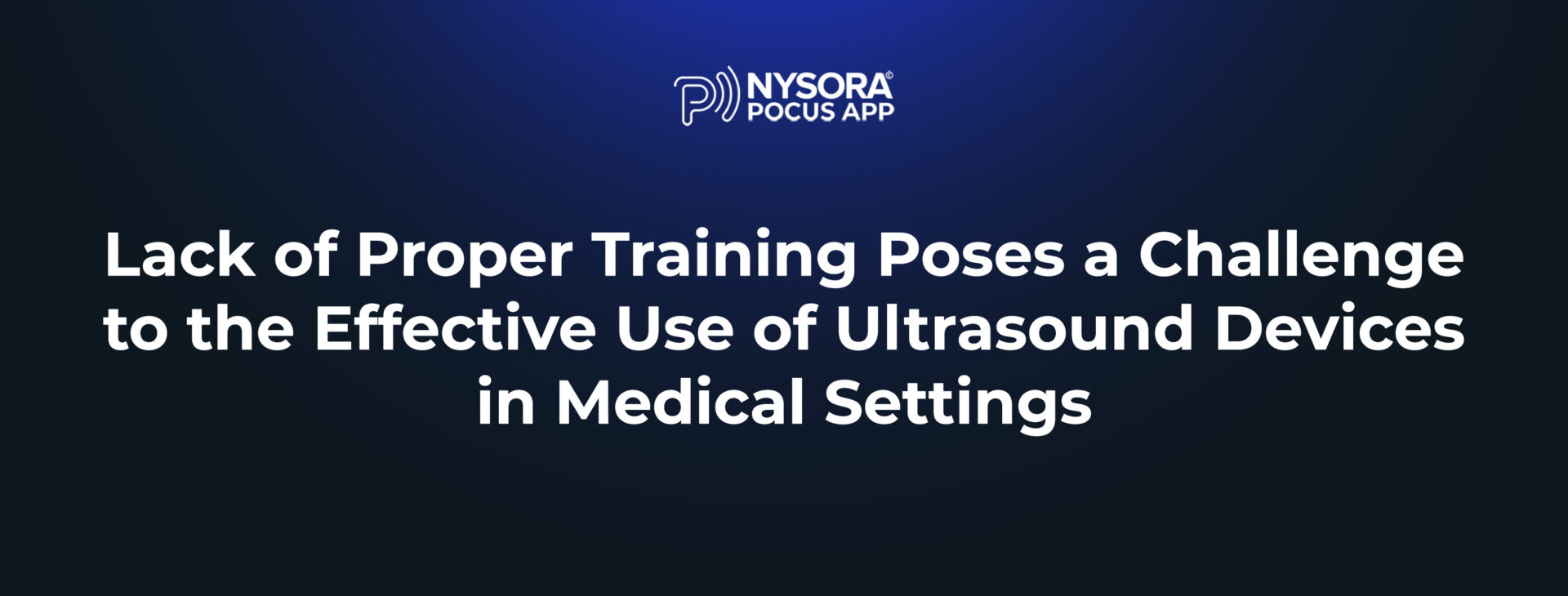
Moreover, a considerable number of healthcare technicians and physicians lack the appropriate training to operate ultrasound devices proficiently and with accuracy. This lack of proper training further complicates the issue and poses a challenge to the effective use of ultrasound devices in medical settings.
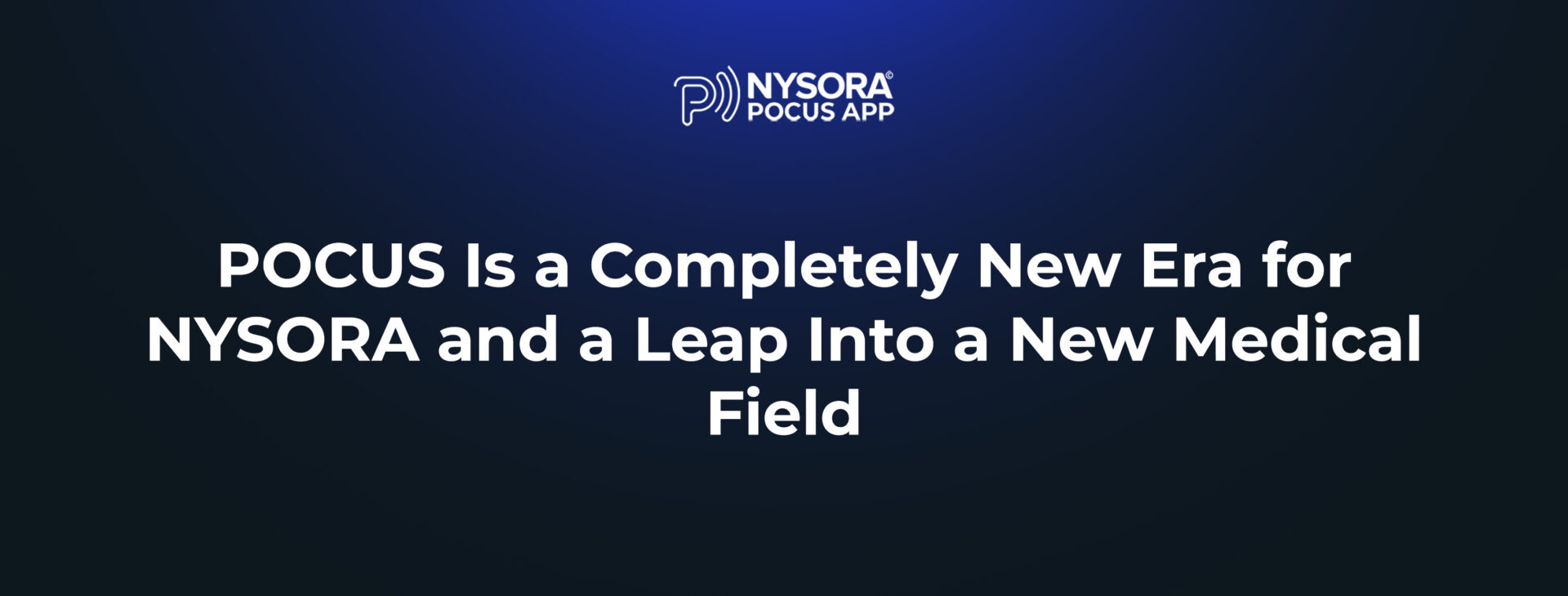
With this product, we are expanding into a completely new field of pathologies – in addition to interventional techniques, we are focusing on diagnostic techniques as well.
Download POCUS App
Unlock the potential of the POCUS app and experience these remarkable features:
- Transform your smartphone or tablet into a virtual workshop with high-quality ultrasound images, illustrations, animations, clinical videos, and more directly on your mobile device
- Seamlessly navigate our intuitive interface to the sections of interest with ultrasound images and reverse ultrasound anatomy. Our app provides step-by-step guidance, allowing even novice users to understand the principles of practice of POCUS for diagnosis and monitoring.
- Understand sono-anatomy, and increase your diagnostic accuracy and confidence, supported by cutting-edge algorithms and clinical expertise.
- Comprehensive Image Library: Access a vast repository of annotated ultrasound images and educational materials within the app. Explore various anatomical structures, pathological findings, and procedural guidance to deepen your understanding and enhance your practice.
- Educational Resources: Stay updated with the latest advancements in POCUS through our curated educational resources. Access video tutorials, interactive modules, and case studies to expand your skills and improve your proficiency.
With the POCUS app, you can revolutionize the way you practice medicine, enhancing patient care and diagnostic accuracy, all from the convenience of your mobile device.
Join us on this transformative journey and download POCUS APP from the App Store or Google Play today. Unleash the potential of POCUS with NYSORA’s POCUS App and elevate your practice, expand your capabilities, and deliver exceptional patient care.






